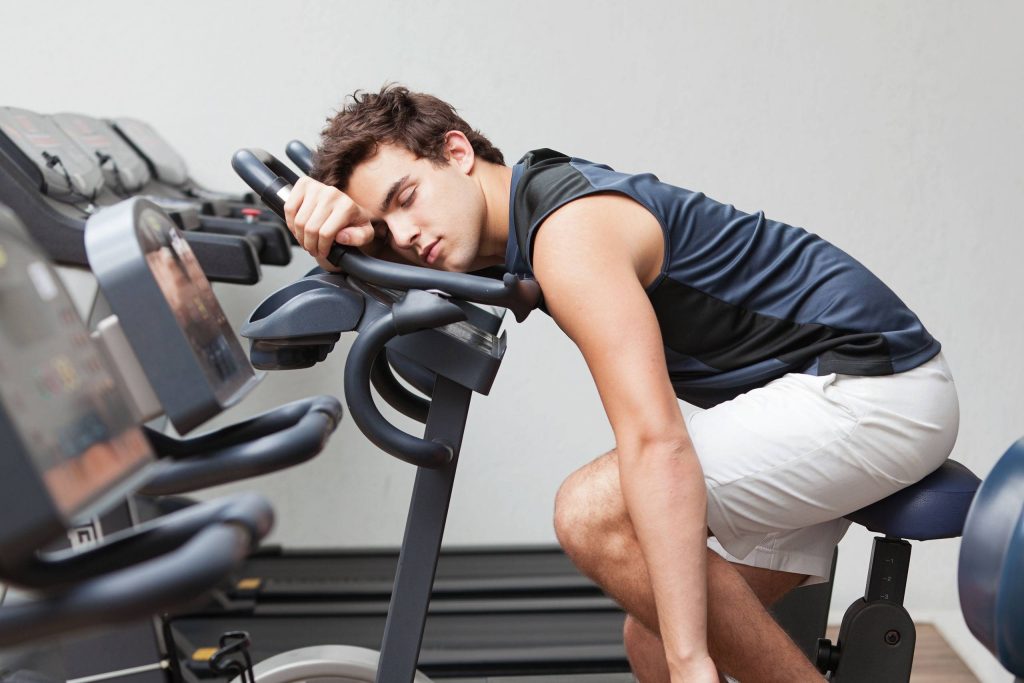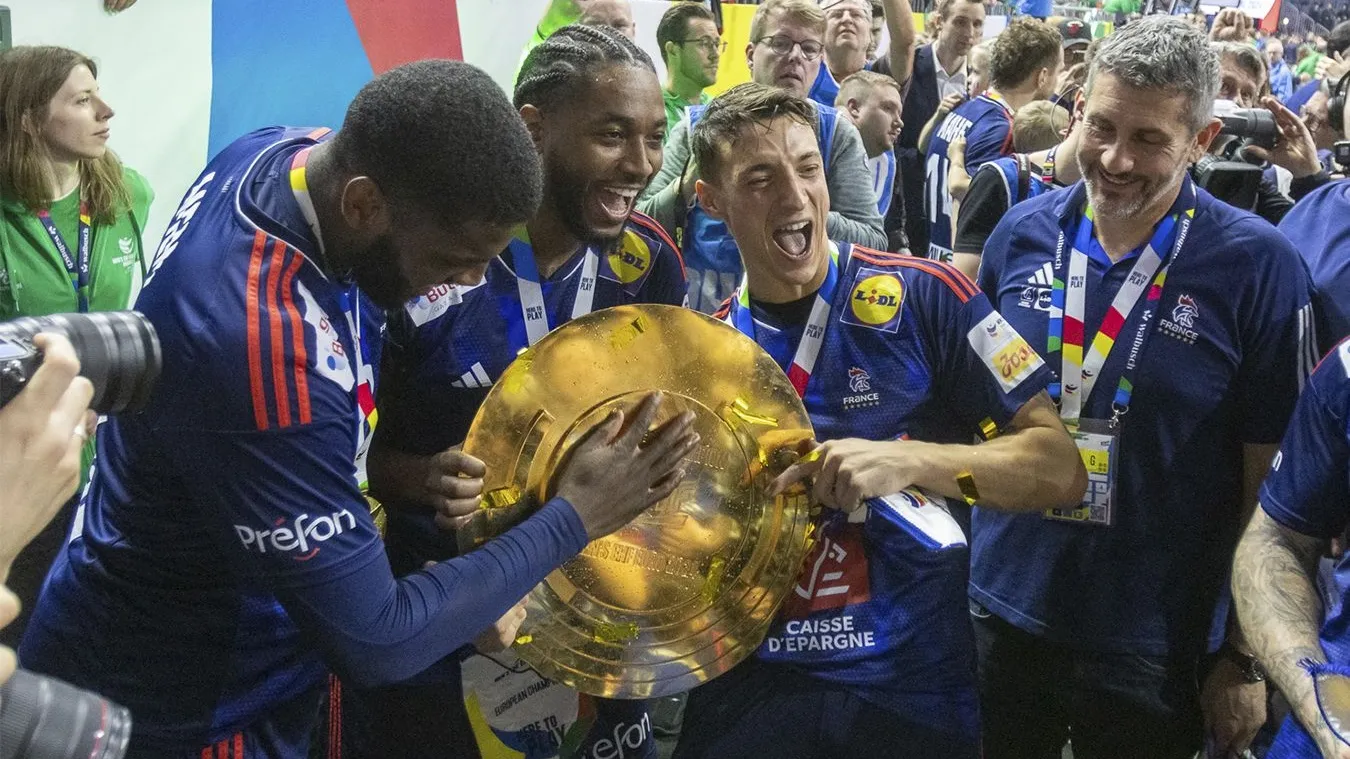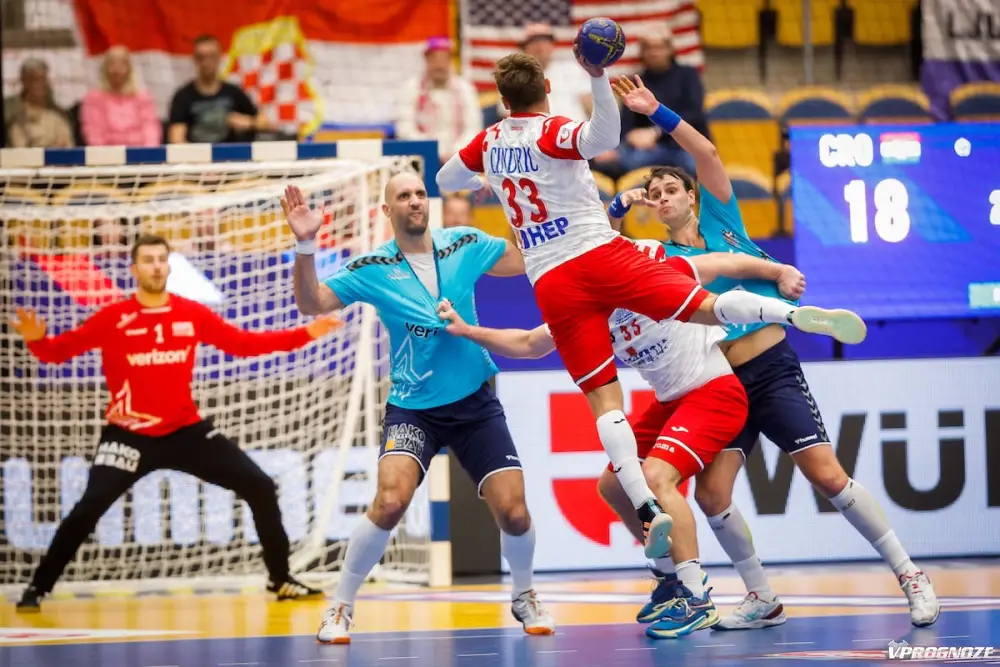Handball vs football — not just a sports comparison. It’s a choice between two systems of movement, thinking, and interaction. Both types of team sports require colossal physical preparation, strategic thinking, and tactical precision. However, the game structure, physical demands, skill requirements, and even training styles differ significantly. To choose the optimal direction, it is necessary to analyze every aspect, from basic infrastructure to career prospects, and understand where the advantages will be decisive.
Infrastructure and Accessibility: Handball vs Football
Handball requires an indoor sports hall with a court size of 40×20 meters, professional markings, and 3×2 meter goals. Minimal equipment costs include a ball weighing 425–475 grams, non-slip indoor shoes, elbow pads, and protective gloves. The developing base in the regions of the Russian Federation (especially in Tatarstan, Bashkortostan, Samara region) allows starting with minimal investments.
Football requires significantly more space. A standard field is 105×68 meters, with a full-size pitch, lighting, referee, and technical zones. Equipment includes boots, shin guards, uniforms, and size 5 FIFA-approved balls (circumference 68–70 cm). Accessibility is higher due to playgrounds and school sections, but for the professional level, infrastructure requirements increase exponentially. Handball vs football: the latter format wins in coverage, the former in compactness and year-round availability.
Physical Demands and Risk of Injury: When the Body is at Risk
 Football builds endurance, explosive speed, and long-distance coordination. During a match, a player runs from 9 to 12 km, with 20% in the intensive phase. Main injuries: knees (meniscus tear), ankles, groin muscles. Tackles, falls, ball fights at high speeds are regular sources of microtrauma.
Football builds endurance, explosive speed, and long-distance coordination. During a match, a player runs from 9 to 12 km, with 20% in the intensive phase. Main injuries: knees (meniscus tear), ankles, groin muscles. Tackles, falls, ball fights at high speeds are regular sources of microtrauma.
Handball builds muscular endurance and strength of the upper shoulder girdle. A player makes over 120 jumps and up to 50 throws per game, including power collisions. Dislocations of the shoulder, wrist sprains, finger injuries are often recorded. Due to the shorter distance, the load on the knees is lower, but the throwing activity requires regular recovery of the shoulder joints. Handball vs football: the former puts more strain on the legs, the latter on the arms and shoulders. In both cases, a versatile physical base is required.
Tactics, Dynamics, Spectacularity: Handball vs Football
Football is based on positional interaction of 11 players, where ball control, attack building, playing through the flanks, and set pieces determine the outcome. The average ball possession time is 30–40 seconds. The preparation time for an attack is significant, and the decisive moment can take fractions of a second. Discipline, zonal defense, counter-attacking model are the main elements of strategy.
Handball demonstrates a faster and more intense tactic. The ball changes hands in seconds, attacks last 10–15 seconds. The game features constant changes in pace, and one team can make over 50 throws in a match. The foundation is the interaction of seven players: playmaker, line player, wings, backs, and goalkeeper. Each element is part of a multi-level combination.
Psychology and Team Behavior
In football, the central figures are the captain and the holding midfielder. The leader morally drives the team, directs play through the flanks, and acts as a link between defense and attack. The pressure from fans, cameras, and the press is enormous. Football requires stability, composure, and the ability to control emotions for 90 minutes + added time.
In handball, the playmaker often has the final say. A tight schedule — up to 60 matches per season, constant flights, rapid change of environment. Players develop stress resistance and learn to adapt instantly. A leader must act under pressure in seconds, make unconventional decisions, outplay opponents in limited space. Handball vs football: the former requires instant analysis, the latter — long-term control.
Career, Contracts, Prospects: Handball vs Football
A player in a top Russian Premier League club (football) earns from 500,000 rubles per month, and in European leagues (e.g., La Liga, Serie A) — from €1 million per year. The season consists of 38–50 matches, including cups. The path to professional football is challenging: from a backyard club to an academy, then to the reserves, loan, and only then a chance in the first team.
In handball, an athlete receives on average from 100,000 to 300,000 rubles per month in leading Russian teams (e.g., “Chekhovskiye Medvedi,” “Dynamo-Astrakhan”). European clubs, such as German “Flensburg” or French “Paris Saint-Germain,” pay up to €300,000 per year. The competition is lower, and entry into the first team is possible faster with equal performance. Handball vs football: the latter is more profitable but requires lengthy preparation; the former offers a chance to break through faster.
Training, Entry Age, Development
Football is recommended to start at 5–6 years old. Basic technical training, ball work, movement coordination, and game thinking develop by the age of 10–12. By 16, the player should already be in the system; otherwise, entry into professional sports becomes unlikely.
Handball allows for a later start — 9–11 years old. Training includes coordination, jumping technique, accuracy, and group interactions. Due to the versatility of playing roles, chances for growth are preserved longer — up to 18–19 years old. Training cycles are shorter, and preparation is more intensive at each stage.
Handball vs football:
- Court: handball — indoor, football — outdoor, requires a pitch.
- Equipment: football — boots and shin guards; handball — indoor shoes, elbow pads.
- Number of players: football — 11; handball — 7.
- Match duration: football — 90 minutes; handball — 60 minutes.
- Tactics: handball — fast attack; football — positional play.
- Entry age: football — from 5 years old; handball — from 9.
- Injury level: football — knees, handball — shoulders and wrists.
- Career path: in handball — faster, in football — more challenging but higher income.
- Pace: handball — up to 60 goals per match; football — 1–3 goals.
- Perspectives: handball — niche sport with growth, football — mass, but overheated.
How to Choose and Not Make a Mistake
 Comparing disciplines is not a competition for primacy but a search for alignment between a person’s sporting nature and the sports system. With a high pace and team interaction, handball quickly shapes a player’s personality, allowing them to try themselves as a leader or a team engine. Football requires patience, steady growth, and adaptation to a complex hierarchy. The choice depends on goals: quick entry into sports, enjoyment of dynamics, or a focus on a global career. The main thing is to maintain systematic approach and approach training intelligently, not relying on templates.
Comparing disciplines is not a competition for primacy but a search for alignment between a person’s sporting nature and the sports system. With a high pace and team interaction, handball quickly shapes a player’s personality, allowing them to try themselves as a leader or a team engine. Football requires patience, steady growth, and adaptation to a complex hierarchy. The choice depends on goals: quick entry into sports, enjoyment of dynamics, or a focus on a global career. The main thing is to maintain systematic approach and approach training intelligently, not relying on templates.
 en
en  ru
ru  de
de  ar
ar  es
es  nl
nl  hi
hi  fr
fr  it
it  pt
pt  el
el 










